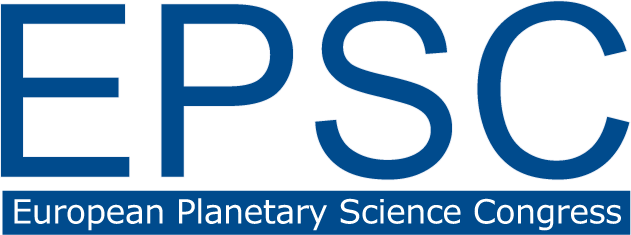An Interstellar Probe mission would be the first dedicated mission to venture into the unknown space between our star and other potentially habitable planetary systems. The idea was first discussed dating back to 1960 and the concept has been studied by multiple groups since then. The lack of propulsion technologies and launch vehicles have often presented a stumbling block for NASA and other space agencies to move further with these concepts. In 2016, a congressional report recommended NASA to take the enabling steps for an Interstellar scientific probe. A new NASA-funded study is under way to design a pragmatic Interstellar Probe mission with a goal of reaching 1000 AU within 50 years using available or near-term technology. The study objectives are to identify compelling science targets, develop realistic mission concepts and evaluate critical technologies. The cross-disciplinary science targets include exploration of the Very Local Interstellar Medium and its interaction with the heliosphere, characterization of the circum-solar dust disk, exploration of previously unexplored Kuiper Belt Objects, and observation of the extragalactic background light beyond the zodiacal cloud. A vantage point far away from the solar system, naturally enables these observations to be put in the context of other exoplanetary systems and astrospheres. At the same time, Chinese scientists are studying with their space agency CNSA a scenario in which two “Heliospheric Boundary Explorers” would be launched 6 years apart, one towards the “nose” of the Heliosphere, one in the direction of its putative tail, to address scientific objectives partly similar to the ones described in the NASA study. Not only will the synergies between these two missions be particularly valuable, but also both of them will offer unique opportunities for broad international collaborations, including European contributions.
This session will welcome reports on the unique science discoveries enabled by missions to the Interstellar Medium beyond heliospheric boundaries and will discuss their design concepts, enabling technologies and programmatic challenges.

